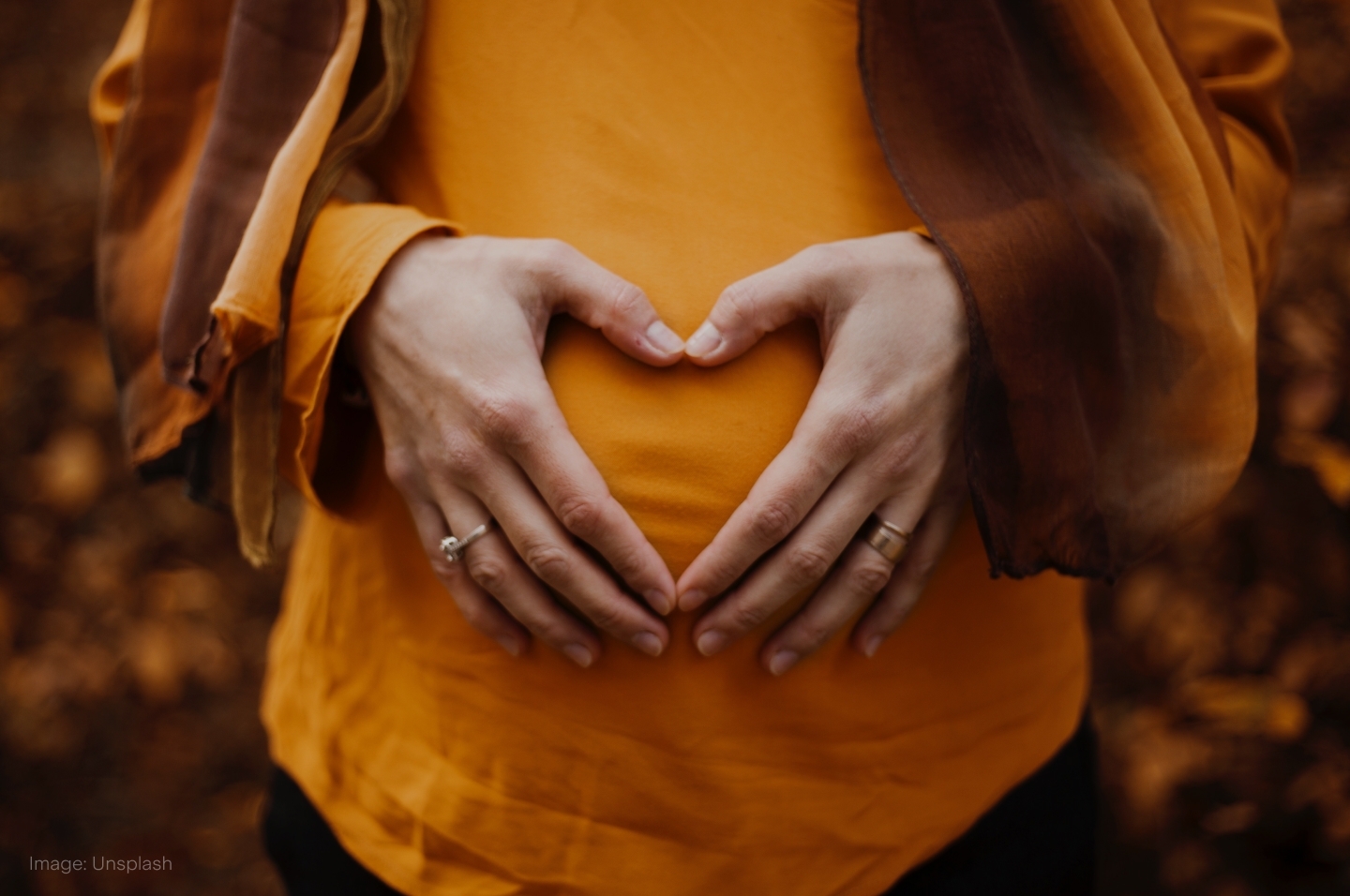
Population
Global productivity growth is projected to slow in the coming decades. To tackle this issue, some countries are embracing a costly solution expected to become a new normal.
There are two predicaments raising concerns all over the world: the declining fertility rate and the ageing population. The global fertility rate currently stands at 2.3 births per woman – over 50% down from 4.7 in 1960 and just above the generational replacement rate of 2.1. Meanwhile, advancements in healthcare have dramatically increased the average life expectancy by 21 years over the last six decades.
Economists know the implications all too well. Projections now indicate current pension and end-of-life-care programmes to be unsustainable unless taxes are raised and/or benefits are reduced. The two factors combined signal lower productivity growth in the near future; global GDP growth per capita has already slowed 1.5% between 2006 and 2014.
To mitigate the problem and increase the size of their working populations, several governments are implementing ‘family policies’ that incentivise having children, including parental leave support and childcare subsidies. But countries experiencing the slowest population growth – like Israel, China and Armenia – are going one step further: free IVF.
IVF, or in-vitro fertilisation, is how at least 12 million humans have been conceived. While it initially struggled with success rates across multiple age groups and costs in the tens of thousands, investments into the IVF industry have grown exponentially in the last decade. Valued at approximately US$16b in 2016, the global fertility market is expected to grow at a compound annual growth rate of 16% to US$91b by 2031. Both Vitrolife and Jinxin Fertility Group, market leaders in their respective regions, have already doubled revenues over the last two years.
And as the technology has improved, governments have started to rely on it. More countries are beginning to offer partial subsidies for IVF, including Australia and the UK. But perhaps they, too, should consider making it free. Not only will these governments be providing a valuable and important service to many, but they also stand to benefit themselves financially, with the amount of tax paid by one person over a lifetime apparently returning up to as much as 954% of the cost of an IVF procedure.

Stella is a markets analyst and writer with almost a decade of investing experience. With a Masters in Accounting from the University of Sydney, she specialises in financial statement analysis and financial modelling. Previously, she worked as an equity analyst at Australian finance start-up, Simply Wall St, where she took charge of the market insights newsletter sent out to over a million subscribers. At Stake, Stella has been key to producing the weekly Wrap articles and social media content.
.jpg&w=3840&q=100)
